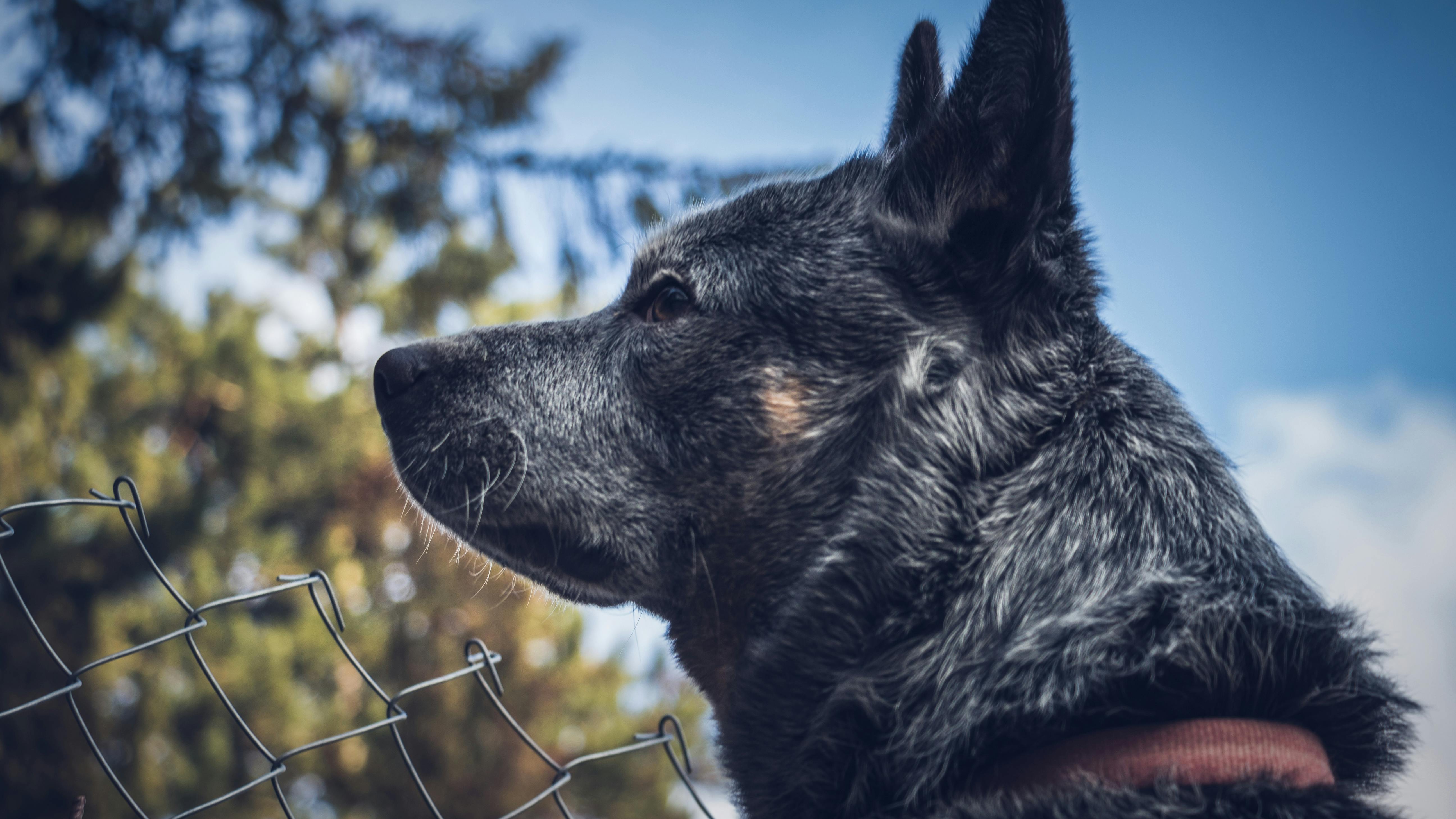Among the ranks of Australia’s high rollers, at a time when horse racing betting often attracted an element of society not noted for its exemplary scruples, Percival John Galea, aka “Perce” and “The Prince” , left his inimitable and indelible mark on the Sport of Kings in Australia.
Born on October 26, 1910 in Malta, one of 10 children, his family emigrated to Australia around 1912, settling near Sydney. Perce began his career as a rower in 1924. He worked as a paperboy outside the central train station and used his earnings to place small bets.
In 1926, he was employed as a milkman and got his first taste of the good fortune that would accompany him for the rest of his life.
This good fortune took the form of one of Galea’s clients named Rodney Bangor, who happened to be the owner of none other than Peter Pan. Perce took advantage of Bangor’s suggestion to back Peter Pan in the 1934 Melbourne Cup, so he won a $150 payday, a hefty sum in those days.
For the next several years leading up to World War II, he was employed as a dock tiller. The outbreak of World War II until around 1948 saw him occupying the role of registered bookmaker for Wentworth Park greyhound racing, as well as running baccarat “schools” with Samuel Lee and a man with criminal connections, Sid Kelly. .
Galea invested $2,500 in Lee’s company in 1949 and, upon receiving the title of director, worked as a hostess and manager at Lee’s restaurant. It was during this time, 1952, that she had a run-in with the law for buying beer on the black market. She later became part owner and manager of a nightclub in Elizabeth Bay called the Roslyn Social Club. The club was raided by the police in 1953 and 46 arrests were made. Galea was fined a small amount for running an illegal gambling den, from which she learned a lesson about the benefit of the right amount of money placed in the right hands. The authorities never bothered him again with the exception of a run-in with the tax commissioner for understating his income between 1955 and 1963.
Galea was experiencing some financial difficulties when Lady Luck smiled at her again and awarded her $12,000 in the form of lottery winnings. That’s when her punting career took off.
He took enough prize money to buy his first racehorse in 1961. He regularly invested large sums of money in what might have been considered a sign of a compulsive gambler, but he adhered to the old adage that you don’t have a problem with gambling. gamble if you’re winning Even after suffering a heart attack in 1962, he continued to bet big, investing up to $25,000 in a single race.
1964 produced his best year as a horse owner. His horse, Eskimo Prince, won the STC Golden Slipper Stakes, bringing Galea something close to $33,000. He was about to start a riot, when after receiving an enthusiastic welcome, he started throwing banknotes into the crowd.
Eskimo Prince also kept the Rosehill Guineas and AJC Sires Produce Stakes, which brought Galea big sums to add to his tote, however, he reportedly returned $40,000 when Eskimo Prince failed to place in the AJC Derby.
Galea’s third lucky break bore an eerie resemblance to the one experienced in 1960 by Melbourne’s Mick Bartley. Perce, in 1975, he racked up $200,000 in the Sydney Opera House lottery.
Perhaps to compensate for the undesirable elements of her life, Galea made generous donations to the Catholic church in Sydney and organized an annual party for the less fortunate.
Galea was elected a provisional member of the Australian Jockey Club in 1976, which smacks of irony given Galea’s past associations.
Percival John Galea suffered another heart attack in 1977, died and was buried in the Botany Cemetery.
He left behind an inheritance valued at more than $400,000, along with a reputation as a good friend, admired by fellow gamblers and feared by bookmakers.
